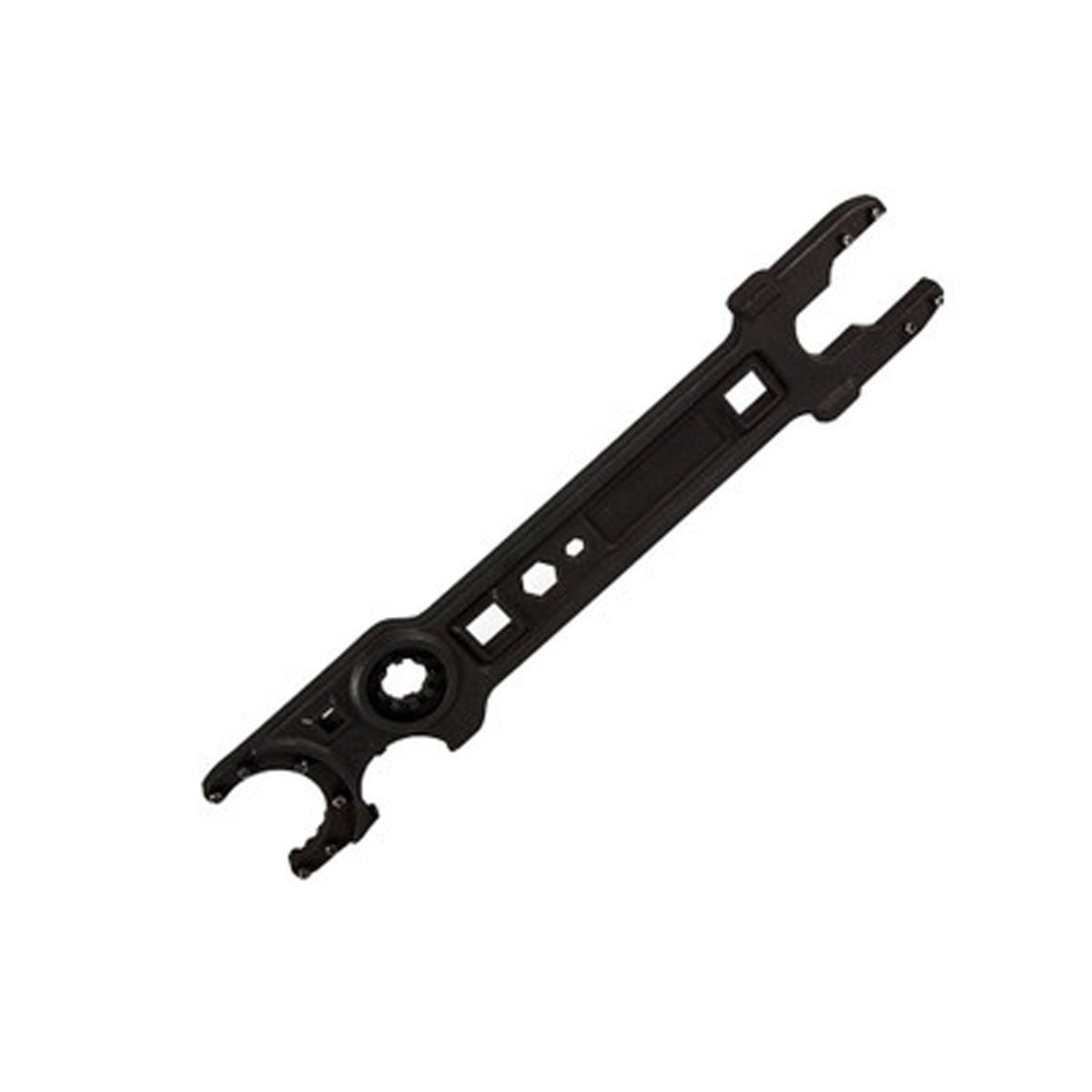Do you ever feel frustrated when tackling tricky nuts? If so, the castle nut wrench is your solution! This versatile tool makes it easy to work with nuts of all shapes and sizes. By using a castle nut wrench, you can quickly and easily remove or tighten nuts without putting too much strain on your hands. Whether you’re a professional or a DIY enthusiast, you’ll find that a castle nut wrench is the ideal tool for tackling those tricky nuts.
What is a Castle Nut?
A castle nut, also known as a slotted nut or a crown nut, is a type of fastener commonly used in various applications. It gets its name from its distinct shape, which resembles the battlements of a castle. The castle nut is typically used in conjunction with a cotter pin to secure other components, such as bolts or axles, in place. This ensures that the fastened object remains securely in position, even under heavy loads or vibrations.
Castle nuts are commonly used in the automotive, aerospace, and construction industries, among others. They are designed to withstand high torque and provide a secure fastening solution. Their unique slotted design allows for easy insertion and removal of the cotter pin, making them convenient to use.
If you’ve ever encountered a castle nut in your DIY projects or professional work, you know how frustrating they can be to work with. That’s where a castle nut wrench comes in handy, providing a practical and efficient solution to tackle those tricky nuts.
Common Issues with Castle Nuts
When it comes to working with castle nuts, there are a few common issues that many people encounter. One of the main problems is getting a good grip on the nut. Because of its unique shape, traditional wrenches can often slip off or struggle to provide enough leverage. This can make it frustrating and time-consuming to remove or tighten the nut properly.
Another issue that arises with castle nuts is the need for a cotter pin to secure it in place. Sometimes, aligning the holes in the nut and the cotter pin can be a challenge, especially in tight spaces or with limited visibility. This can lead to extra time and effort spent trying to get everything properly aligned.
Additionally, castle nuts are often used in heavy-duty applications, which means they are subject to high torque and vibrations. This can cause them to loosen over time, requiring regular maintenance and tightening.
Luckily, these common issues can easily be solved with the use of a castle nut wrench. With its specialized design and grip, a castle nut wrench provides the necessary leverage and stability to work with these tricky nuts. The slotted design of the wrench allows for easy insertion and removal of cotter pins, making the entire process much smoother.
Why You Need a Castle Nut Wrench
If you’ve ever struggled with removing or tightening a castle nut, you know how frustrating it can be. Traditional wrenches often slip off or fail to provide enough leverage, making the task time-consuming and difficult. That’s why you need a castle nut wrench. This versatile tool is specifically designed to tackle those tricky nuts with ease. With its specialized grip and leverage, a castle nut wrench allows you to quickly and securely remove or tighten castle nuts without straining your hands. Whether you’re a professional in the automotive or construction industry, or a DIY enthusiast working on an 80-Lower project, a castle nut wrench is a must-have tool that will save you time and frustration.
How to Use a Castle Nut Wrench
To use a castle nut wrench, follow these simple steps:
- Select the appropriate size wrench for your castle nut. Castle nut wrenches come in various sizes to fit different nuts, so make sure you have the right one for your specific nut.
- Place the wrench securely onto the castle nut, making sure it fits snugly into the slots. The specialized grip of the wrench ensures a tight and secure fit, preventing slipping or struggling.
- Once the wrench is in place, apply force in the desired direction. Whether you’re removing or tightening the nut, the castle nut wrench provides the necessary leverage to make the task easier.
- Continue applying force until the nut is either fully removed or tightened to the desired level. The castle nut wrench’s design and grip make it easy to apply consistent and controlled force without straining your hands.
With these simple steps, you can confidently and efficiently use a castle nut wrench to tackle those tricky nuts. Whether you’re a professional or an 80-Lower DIY enthusiast, this tool is a game-changer for any project.
Types of Castle Nut Wrenches Available
If you’re in the market for a castle nut wrench, you’ll be pleased to know that there are several options available to suit your needs. One popular type is the adjustable castle nut wrench, which allows for versatility and ease of use. With this type of wrench, you can easily adjust the size to fit different nuts, eliminating the need for multiple wrenches. Another option is the ratcheting castle nut wrench, which provides added convenience with its ratchet mechanism. This allows for quick and efficient tightening or loosening of castle nuts without the need to constantly reposition the wrench. Lastly, for those working on 80-Lower DIY projects, there are specific castle nut wrenches designed for that purpose. These wrenches are built with the necessary size and strength to handle the demands of 80-Lower projects. With the wide variety of castle nut wrenches available, you’re sure to find one that meets your specific needs and makes tackling tricky nuts a breeze.
Another issue that arises with castle nuts is the need for a cotter pin to secure it in place. Sometimes, aligning the holes in the nut and the cotter pin can be a challenge, especially in tight spaces or with limited visibility. This can lead to extra time and effort spent trying to get everything properly aligned.
Additionally, castle nuts are often used in heavy-duty applications, which means they are subject to high torque and vibrations. This can cause them to loosen over time, requiring regular maintenance and tightening.





